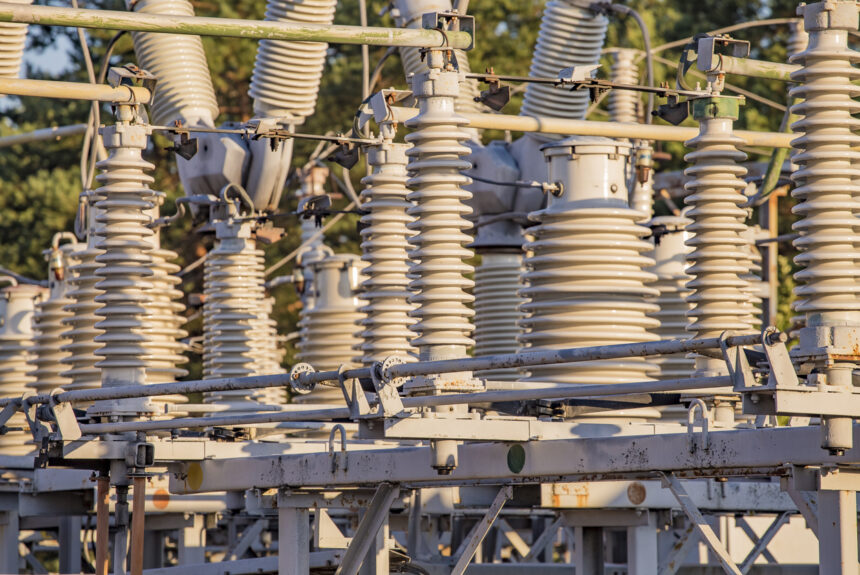The growing energy needs from the rise in AI, machine learning, and electrification have regulators worried about the future of America’s power grid. For instance, PJM, the nation’s largest regional transmission organization, projects that meeting demand will require adding 623 terawatt hours of generation annually by 2040. This is equivalent to PJM’s total generation in 2023. Texas’ ERCOT, is also worried about grid reliability and is expecting its peak demand to rise from 86 gigawatts today to 152 GW by 2030.
Recognizing the grid challenges ahead, innovators are stepping up to provide solutions to keep lights on and businesses running. A tool the private sector is using that could deliver many energy security and economic benefits is AI.
>>>READ: AI Can Help Keep the Lights On, But We Still Need Better Policy
One company that is proving this concept is Rhizome, which has created a platform that uses machine learning to help its users optimize their investments in grid resiliency. Specifically, Rhizome incorporates historical data on extreme weather, climate models, and grid demand forecasts to help utilities plan for future asset upgrades and replacements, vegetation management, and more.
Launched in 2023, Rhizome is working with Seattle City Light and Vermont Electric Power Company to integrate the company’s platform into the utilities’ resilience planning.
Next-generation transmission lines could also improve grid reliability in the U.S. VEIR, a startup spun out of MIT, has created superconducting transmission lines that promise higher capacity and lower costs. While the current fleet of transmission lines is built with steel and aluminum, VEIR’s are constructed with “superconducting tapes and other materials,” according to MIT News.
What really separates VEIR from other superconducting companies is its passive cooling system which uses liquid nitrogen. This technology not only keeps wires from overheating, but it is also more efficient and affordable than other superconducting wires that use mechanical refrigeration stations, which are bulky and onerous to build and permit. According to the company, this distinction allows VEIR’s superconducting wires to be more cost-competitive while reducing permitting timelines.
VEIR is currently working on a pilot project in Woburn, Massachusetts to deploy 100 feet of its wires by 2026.
>>>READ: Grid Operators and Congress Agree: The U.S. Needs More Reliable Power
In addition to building new lines, upgrading existing grid infrastructure may allow the U.S. to quickly and affordably improve generation capacity. Known as advanced reconductoring, this process involves replacing aluminum wires in the existing fleet of transmission lines with lighter carbon fiber cores. According to research from UC Berkeley and Grid Labs, upgrading existing transmission corridors with advanced conductors could double America’s grid output at less than half the cost of building new power lines. This strategy also has the added benefit of avoiding the bureaucracy and permitting challenges associated with building new grid infrastructure.
While these solutions are promising, they do not negate the need for building additional generation capacity quickly. Duke Energy has developed a proposal that would see tech giants, which are driving the increase in data center usage, bankroll the construction of advanced clean energy technologies like battery storage or small modular reactors.
Enchanted Rock, a Texas-based firm, has cultivated natural gas microgrids that can deliver utility-scale power for facilities and utilities.
Policy reforms will also be necessary to bring more power online to meet future grid demand. From onerous permitting and preferential treatment that distorts markets, to premature closures of power plants, outdated and inefficient policy drives up the cost of building new power generation. Not only will this result in higher electricity prices, but it also threatens the reliability of America’s grid.
The private sector is promoting solutions to bolster the grid and provide reliable power to consumers and businesses. Policy reform will make these innovations go that much further.
The views and opinions expressed are those of the author’s and do not necessarily reflect the official policy or position of C3.
